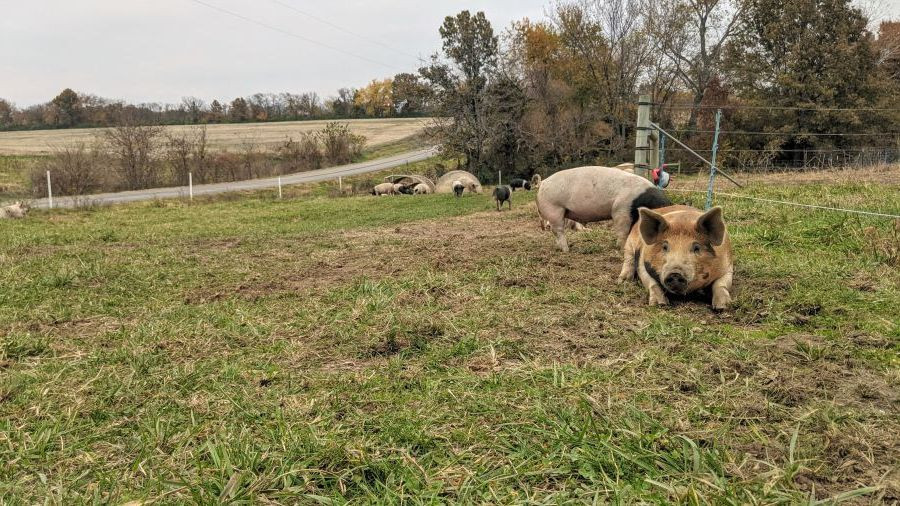We feed our chickens rocks??
posted on
July 5, 2022
We give our poultry 100% crushed quartzite grit as a daily supplement.
They don't utilize it the same way some people do for healing benefits; it's actually very essential to their digestive systems!
Chickens don't have teeth, so they have a gizzard to help break food down into smaller pieces. (1)
Chickens instinctively pick up sand, small stones, and pieces of gravel to aid the gizzard with its job.
The bird gobbles down its food. It travels from the esophagus into the crop along with digestive enzymes. The food can hang out in the crop for up to 12 hours!
It then descends from the crop into the gizzard. The gizzard is an organ with small muscles. These muscles contract along with the grit to grind the food just right.
It leaves the gizzard and heads to the intestines, where nutrients can be absorbed. It makes its way down the path and I'm sure you can figure out the rest 💩 (2)
We offer our chickens free-choice grit ranging in different sizes depending on their age. When they're little and in the brooder, they receive #1 grit. This is tiny and perfect for their little beaks to peck up. By the time they're older, they've moved on to #3 grit. This is about pea-size.
It's amazing to see how much they eat! Who knew rocks could be so tasty 😉
We want to make sure their digestion is working at its prime. Grit helps them to better digest what they eat.
A happy gut is a happy person, er chicken!
I thoroughly enjoyed researching this! While I've helped raise chickens over the last couple of years, I'm still no bird expert! Of course, Remi fills me in when I have questions too.
I thought you all might find this interesting as well 🙂
We don't just give grit to our chickens, the turkeys get it too! They eat up to size #4. It amazes me how they gobble it down. See what I did there?
Ok, I'm done 😂 🦃
Hope you all have a great rest of your week!
Stay cool and hydrated!
Kaitlyn Kesten
1.
https://en.wikipedia.org/wiki/Gizzard.
2.
https://www.cacklehatchery.com/what-is-a-gizzard-and-how-does-it-work/



